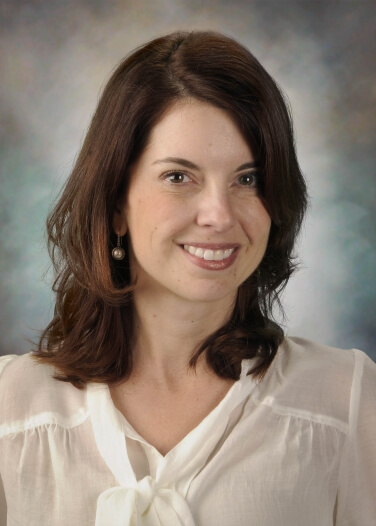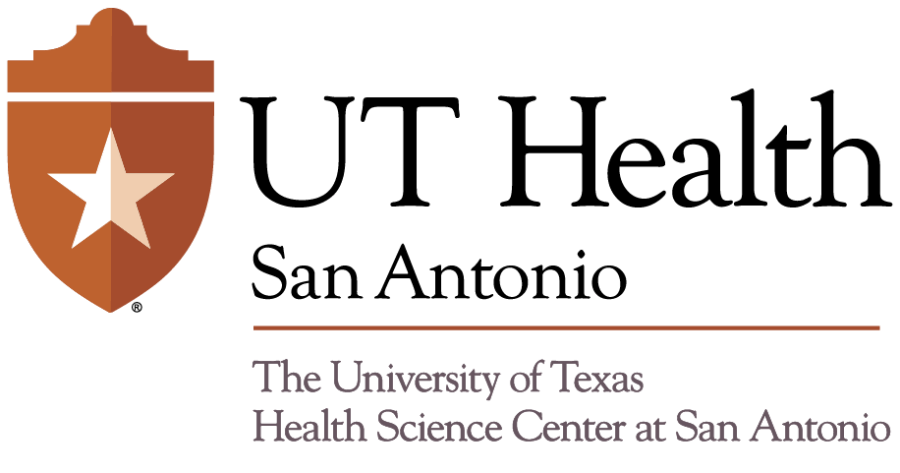Carey Calvin was at the lowest point in his life two years ago.
After a childhood filled with physical and emotional abuse and years of antidepressant medications and therapies that were not working, Calvin was ready to give up.
“It was the first time I felt like my family and the things closest to me weren’t enough,” he said.
Calvin’s years of agony were finally alleviated after undergoing electroconvulsive therapy (ECT) at UT Health San Antonio.
ECT, esketamine — a drug therapy — and repetitive transcranial magnetic stimulation are three alternatives for patients suffering with treatment-resistant severe depression. These treatments fall under a branch of psychiatry known as interventional psychiatry.
Over the next year, Melissa Martinez, MD, a psychiatrist at UT Health San Antonio, hopes to meet with internal medicine and family practice physicians about these alternatives to antidepressants and therapy.

“Those are the providers that often see patients with depression first,” she said. Knowing what alternatives are available when the antidepressants don’t work could be helpful.
ECT offers relief
While Calvin’s diagnosis of complex post-traumatic stress disorder and severe depression with panic attacks made him an ideal candidate for ECT, initially he was slightly hesitant.
“It was more extreme than anything I’d done before, but it was either that or death,” he said.
ECT was first used in the late 1930s; however, its depiction in horror films has stigmatized the treatment. Unlike in films, patients are sedated and their muscles are relaxed during the procedure. Then, short electrical pulses are used to induce a seizure.
While the outpatient visit may last two to three hours, Martinez said, the procedure is no more than 10 to 15 minutes. She said the procedure is gaining popularity since it has an 80% response rate. The primary risk of ECT is memory loss.
“Anyone who has a seizure — whether triggered purposely or through a seizure disorder — has difficulty remembering anything that happened around the time of the seizure,” Martinez said. “We minimize the risk of memory issues with the newer techniques we use, and people are emerging from the procedure with less confusion and [fewer] memory problems.”
Sitting in a local diner, Calvin is animated and candid as he speaks of the years he’s struggled with his illness — an illness that induced horrific nightmares every night.
“After I recovered from my first ECT treatment, those nightmares were removed from my brain like a piece of a puzzle. I haven’t had a nightmare since,” he said.
Esketamine treats stubborn depression
Diana Dannemiller said she felt different throughout her life. Everyday disappointments and struggles seemed to affect her more than her peers.
“Going all the way back to kindergarten, I remember always being told I was so dramatic,” she said.
Two years ago, Dannemiller said she chose to focus on her health. In conjunction with severe depression, she suffered from debilitating migraines. She began to research the use of ketamine to help with the pain. She found discussions in online forums about a correlation between migraines and depression. After speaking to her therapist, she was introduced to Martinez.
“I didn’t want to be in a dark place anymore. I didn’t want all that negative stuff. Every conversation I had with someone was negative,” she said.
Ketamine is a Schedule III non-narcotic substance under the Controlled Substances Act, according to the U.S. Drug Enforcement Administration. The drug is a dissociative anesthetic with hallucinogenic effects approved for use in humans and animals. In 2019, the U.S. Food and Drug Administration approved esketamine, a form of the drug, to treat severe depression.
According to Martinez, the medication is administered as a nasal spray and given to patients twice a week for four weeks at their clinic. Per FDA requirements, patients are monitored for two hours after its administration.
“We monitor the patient’s blood pressure, heart rate and breathing,” Martinez said. “It’s a very safe treatment, but we are still required to monitor patients for two hours. Unlike other medications for depression, the patient never takes the esketamine home to take on their own.”
Martinez said that patients eligible for treatment must have failed two other forms of treatment. She said the treatment’s success lies in its ability to work differently than oral medications.
“Usually, antidepressants affect what’s called serotonin or norepinephrine, and sometimes dopamine. But esketamine works on a whole different system, the glutamate system. It acts as an N-methyl-D-aspartate receptor antagonist. So, it addresses depression from a whole different angle,” she said.
Dannemiller said that after her second treatment, she began to see positive effects.
“I remember getting home the next day and feeling alive and awake,” she said. “Instead of feeling sorry for myself, I can recognize the root cause of things and process them. I see things more clearly.”
Another non-invasive treatment
Repetitive transcranial magnetic stimulation involves placing magnets on the head to create powerful magnetic fields. Martinez said the magnetic pulses stimulate brain cells to fire.
“The thought is that the left side of the brain, the dorsolateral prefrontal cortex, is not firing well,” she said. “We put the magnets over that part of the brain and trigger that area to start firing.”
Martinez said while treatments for depression have evolved over the years, there is still no way to determine who will respond to which treatment. She said one challenge is that physicians and scientists don’t know the underlying cause of depression.
“It’s almost like a cold. We’re still treating the cough, runny nose and body aches. But we’re not treating the underlying virus,” she said. “Some theories are that these common symptoms we are calling depression may be due to multiple different causes, which is why some people respond to some medications but not others.”
A brighter future at last
Calvin’s response to ECT is a success that has changed his life. He said when he met Martinez for the first time, he was disheveled and despondent.
“I felt like the particles of sunlight hitting my skin were painful. I was done with this place,” he said. “Now, this is as close to cured as I’ve ever felt about anything. It’s been so life-changing. I don’t have the adequate words for it, and it’s only getting better.”
Calvin, who is pursuing a career in physical therapy, said he’s motivated by the devotion of his wife and 13-year-old son.
“I want my son to have the example of a father who will do everything for his family despite the pain he’s in. I want him to know I will go through anything for him. I want to show him that nothing is ever truly hopeless,” he said.
Click here to learn more about alternative treatments for severe depression or to request an evaluation.


